Description
NAS New York Patch – Sew On
Aviators! Are you looking for a high-quality patch you’ll proudly wear or display? Look no further than the NAS New York Patch!
- 4″ patch
- Embroidered
- US Naval Aviator Owned Business
- Sew On
- Plastic Backing (increases rigidity; the patch lasts longer and stays flat)
- Reproduction
Changes to the Navy’s expansion plan were announced on May 25, 1941. As part of the plan, all private airlines were ordered to leave, and all remaining residents on Barren Island would be evicted to make way for a larger facility.[109] On May 26, 1941, the airport was closed to all commercial and general aviation uses.[128] A week later, on June 2, the Navy opened Naval Air Station New York (NAS New York) with an air show that attracted 30,000[7] to 50,000 attendees.[6][129] The audience included Navy undersecretary James Forrestal; Admiral Harold R. Stark; Rear Admiral Chester W. Nimitz; Rear Admiral John H. Towers; New York City mayor La Guardia, and Brooklyn borough president John Cashmore.[7][129]
By fall 1941, the Navy decided that Bennett Field was the best place to put its air station in New York. After the attack on Pearl Harbor on December 7, 1941, the Navy sought to acquire the property, as well as surrounding land, as soon as possible.[110] Artemus Gates, the Assistant Secretary of the Navy for Air, wrote a letter to La Guardia stating that the Navy was willing to take over control of Bennett Field for a price of $9.75 million.[129][110] This offer was substantially less than La Guardia’s asking price of $15 million,[110][107] and it took into account the valuation of the WPA improvements and existing military facilities.[130] On February 9, 1942, the Navy submitted a “declaration of taking” that would allow it to acquire most of the desired land for $9.25 million.[131] Nine days later, on February 18, the rest of Bennett Field became part of NAS New York.[129] Most prior leases were terminated, but the Coast Guard was allowed to stay if its operations did not conflict with the Navy’s.[131][23] This meant that the NYPD aviation unit at Floyd Bennett Field was forced to relocate for the duration of the war.[94]
The expanded naval base totaled over 1,280 acres (520 ha). This consisted of 993 acres (402 ha) of the existing airfield; the combined 34 acres (14 ha) that belonged to the Coast Guard and Navy; and the combined 92 acres (37 ha) that belonged to the remaining Barren Island residents.[110] The Navy had also wanted to buy 171 acres (69 ha) on the west side of Flatbush Avenue,[131] which was reserved for a future expansion of Marine Park.[110][132] However, New York City Parks Department Commissioner Robert Moses prevented the purchase from happening.[132] Some of the money from the transaction was to go toward improving Marine Park.[133]
World War II
Aerial view of NAS New York in the mid-1940s, showing the original airfield (dark-colored ground) and the new additions (light-colored ground)
The Navy awarded the first contract for upgrades to Floyd Bennett Field on December 17, 1941.[134] The Navy’s Design Division developed most of the expansion plans instead of contracting them out.[135] It graded the undeveloped land to 16 feet to make it level with the rest of the airport.[136][137] Demolition of the future barracks site on the western side of the field started in spring 1941.[109][138][137] Because newer craft necessitated longer runways,[134] a new Runway 6-24 was built on the northern side of the field, and three existing runways were expanded so that all four runways measured 5,000 feet (1,500 m) long by 300 feet (91 m) wide. The Navy built a seaplane hangar and two seaplane runways, as well as extended the taxiways and roads. It also constructed facilities for officers on Bennett Field’s eastern side, such as barracks, training rooms, dining rooms, and auditoriums.[139][132][137] The Navy also filled in the northeastern section of the former Barren Island.[140][137] A new entrance for the Navy was created at the south end of Bennett Field,[141][137] and a one-story annex on the north side of the Administration Building was added.[142][137] A dirigible landing station and two front-line simulator facilities were installed within the field.[143][137] Significant effort was spent toward developing the part of the base that faced Jamaica Bay, where a recreation area was installed.[144][137] All remnants of Barren Island’s former community and landscape were obliterated.[145][137]
The upgrades allowed 6,500 people to use the naval base.[134] Most of the new structures were designed to be removable because of the possibility that Bennett Field might become a civilian airfield again after the war.[135] In accordance with military conventions, all the buildings at Bennett Field were given numbers.[140]
During the war, NAS New York hosted several naval aviation units of the U.S. Atlantic Fleet, including three land-based antisubmarine patrol squadrons, a scout observation service unit, and two Naval Air Transport Service (NATS) squadrons (processing the majority of the aircraft destined for the Pacific Theater).[146] NAS New York served as a training facility, as well as a base where Navy boats could load supplies and officers. NAS New York aircraft also patrolled the Atlantic coastline and engaged German U-boats.[129] In addition, Navy WAVES (Women Accepted for Volunteer Emergency Service) took up several positions, including those of air traffic controllers, parachute riggers, and aviation machinist’s mates.[147][148] The Military Air Transport Service opened an East Coast terminal at Bennett Field in December 1943.[149] More than 20,000 new aircraft were delivered to NAS New York during the war, and more than 46,000 aircraft movements were recorded from December 1943 to November 1945.[14]
CGAS Brooklyn worked in conjunction with NAS New York, patrolling New York Harbor as well as testing equipment, training soldiers, and delivering supplies.[150] Starting in 1944, CGAS Brooklyn tested Navy craft and trained the pilots.[150][151]
Korean to Vietnam Wars
In 1946, after the conclusion of World War II, many naval stations were decommissioned or downgraded.[152][153] As part of these cutbacks, Floyd Bennett Field became a Naval Air Reserve station.[149][152] At the time, it was the largest Naval Air Reserve base in the U.S.[154] The Navy demolished many of the temporary structures, including the barracks, as well as the outdated Sperry floodlights. The Navy renovated the recreation field on the southern side of Bennett Field.[155] The NYPD Aviation Unit resumed its operations at the Naval Air Reserve base.[155][94]
By 1947, there were proposals to use Bennett Field for commercial purposes again. The airport would have handled the excess traffic from LaGuardia Airport while LaGuardia was being repaired and Idlewild (now JFK) Airport was being built.[149] In April 1947, the city and the Port Authority of New York and New Jersey made a preliminary agreement that allowed the Port Authority to take over operations of all airports in New York City by June.[156] The Port Authority hoped to spend $1.5 million to improve facilities for airlines with foreign registrations.[157] However, the partial conversion of Bennett Field commercial use was delayed over concerns of cost: the Navy estimated that it would cost $1.2 million to move its facilities, but the Port Authority would not spend more than $750,000 for the Navy to do this.[158] The Navy mostly operated on the southern and eastern parts of the airport during this time.[149] By September 1947, the Port Authority and the Navy were deadlocked, unable to reach an agreement.[159] Commercial traffic at Floyd Bennett Field ultimately never materialized, as the airspace congestion near LaGuardia Airport was resolved.[160]
The Navy allowed New York Air National Guard and the U.S. Army Air Reserve to use the hangars on the condition that their activities did not interfere with the Navy’s.[155][161] The Coast Guard regained control of CGAS Brooklyn, and it also began leasing nearly 2 acres (0.81 ha) of the Navy base adjoining CGAS Brooklyn’s southern border.[162] By 1950, Cold War and Korean War preparations were underway,[153] and the Navy needed to use Bennett Field’s facilities again.[160][162] However, Bennett Field was less busy during the Korean War than during World War II.[163] Five reserve squadrons based at Bennett Field were recalled to active duty for the Korean War.[160] Some minor modifications were made during this time. The Navy lengthened three runways, reconstructed roads and taxiways, built a beacon tower and veterans’ housing, and added some fuel storage containers. A new southern entrance was built because one of the runway extensions overlapped with the old entrance.[163][164] The Navy abandoned many of the original buildings on the western side of the field, instead moving to the eastern side.[165] The Coast Guard made even fewer modifications: it expanded its apron, built a small hangar, and replaced its wooden seaplane ramp with a concrete one.[166]
Throughout the remainder of the postwar period and until the early 1970s, NAS New York-Floyd Bennett Field primarily functioned as a support base for units of the Naval Air Reserve and the Marine Air Reserve.[149] The airport was also a training facility for reserve squadrons. Until 1970, more than 3,000 reservists in the Navy and Marines trained at Bennett Field every weekend, and 34 aircraft squadrons were constantly being maintained at the field.[163][160] The field was busiest during the weekends when there were up to 300 daily departures from Bennett Field.[167][8] The installation also served as a base for units of the New York Air National Guard from 1947 to 1970, when the Air National Guard moved to the Francis S. Gabreski Air National Guard Base on Long Island.[154] Minor adjustments were made to the field through the 1960s in order to accommodate jet aircraft.[167] The Navy also built a trailer park and a school building in the main barracks area during this time.[168][169]
Decommissioning
In the aftermath of the Vietnam War in the 1960s, the military was greatly demobilized.[160] By 1970, the Navy was offloading property, including Bennett Field, to pay for the war’s expenses.[170][154] On March 5, 1970, the federal government announced that the Navy would start vacating the airport. Upon the announcement of Bennett Field’s decommissioning, Mayor John V. Lindsay asked the federal government for permission to convert the field into a commercial airport.[171] Simultaneously, Governor Nelson Rockefeller proposed a $1.4 billion development on the site. If built, Rockefeller’s development would contain a shopping mall, an industrial park, 46,100 housing units, and the potential for 180,000 residents.[172][173] The governor’s proposal had been in planning since November 1969.[172][160] On April 4, 1970, the Navy conducted its last daily formal inspections of officers, an act that started the process of decommissioning Floyd Bennett Field. NAS New York’s tenant squadrons and personnel were transferred to other naval air stations.[170][8] A Naval Air Reserve Detachment, which supported non-flying units, remained.[174] The Navy itself continued to own the land for two more years.[175][176] The Naval Air Reserve Detachment would occupy Hangar A until 1983.[177]
Meanwhile, the dispute over the possible future uses of Bennett Field continued. In May 1970, the state government released more details of its redevelopment proposal without consulting the city.[178] The next month, Lindsay’s administration wrote to the federal government, advocating for Bennett Field to be converted to commercial use.[179] U.S. President Richard Nixon supported a third proposal: turning the entirety of Floyd Bennett Field into a national park.[180] This had been suggested by the Regional Plan Association (RPA) the previous year, except that the RPA had advocated for a national seashore.[181][173] In May, the president started the process of getting Congressional approval for this move.[180] The state government objected, since the neighboring Marine Park was not used.[182] In the meantime, Bennett Field was only sparsely used by Coast Guard and NYPD helicopters.[183]
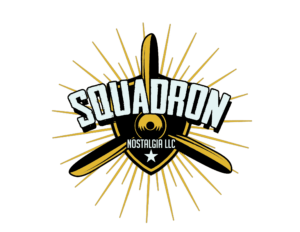
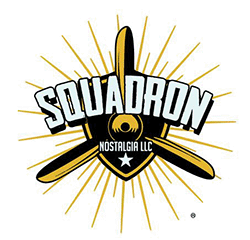
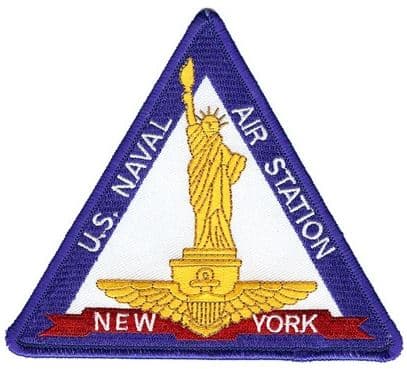
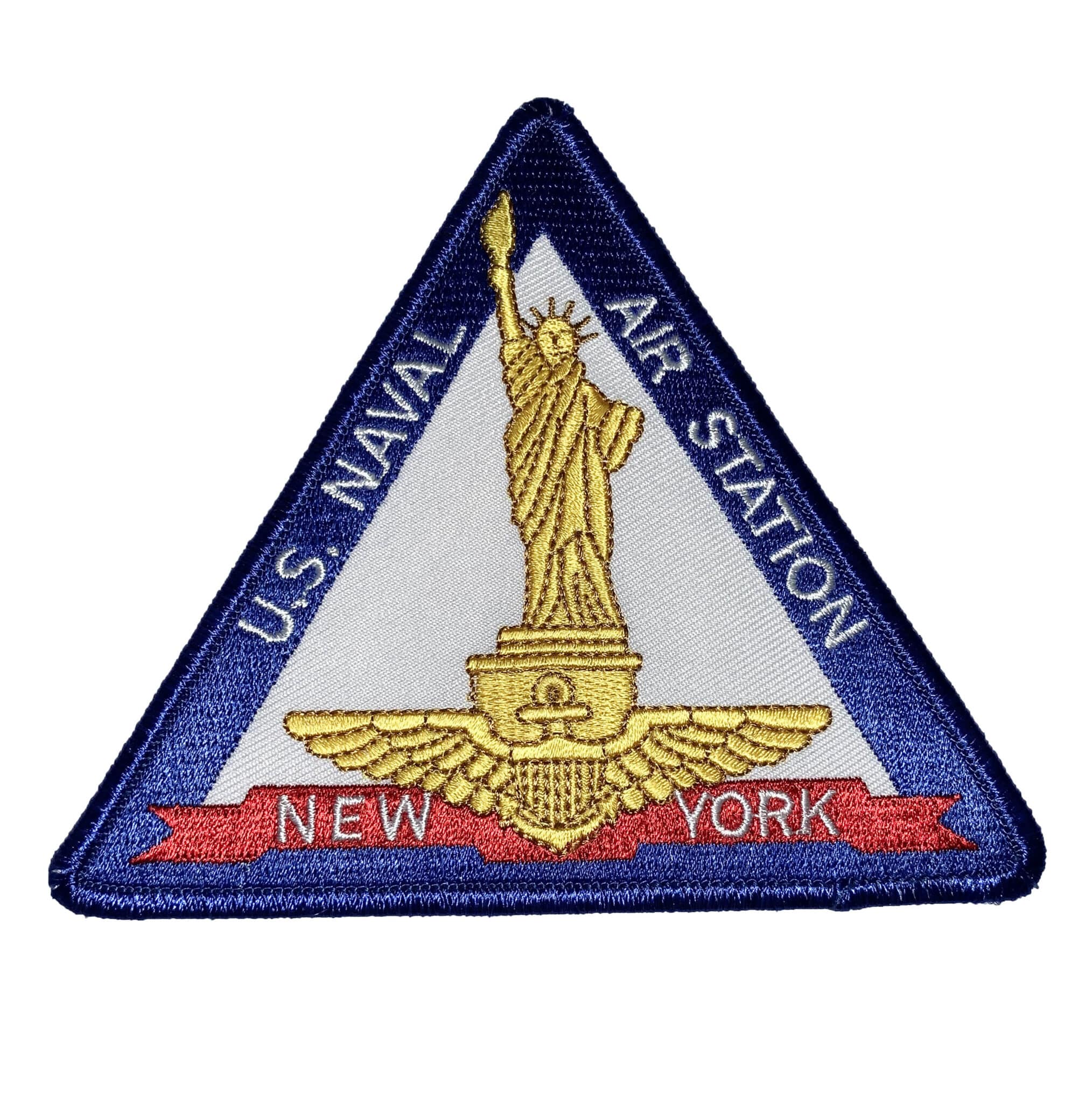
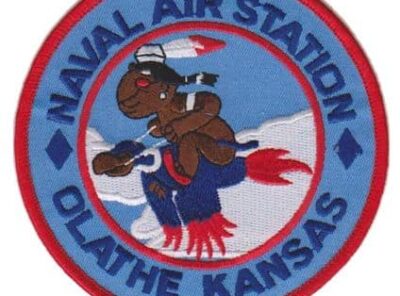
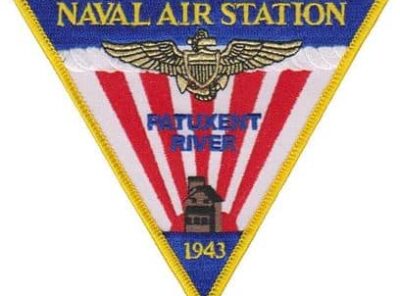
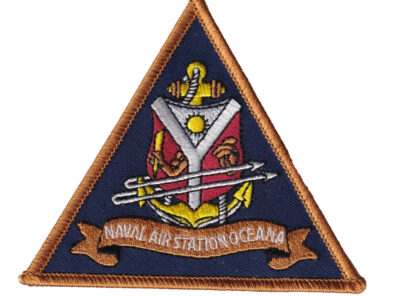
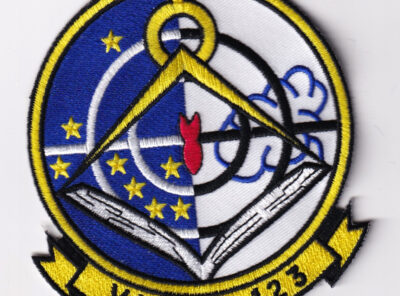
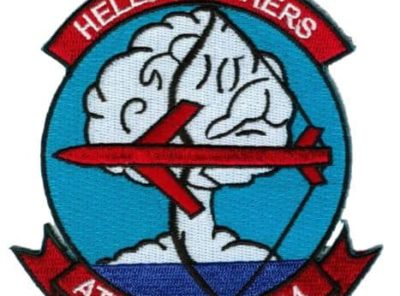
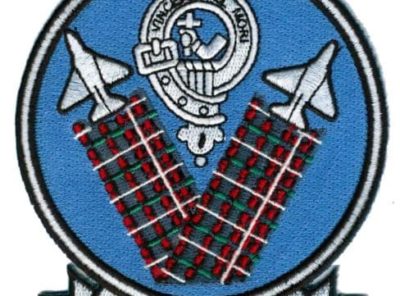
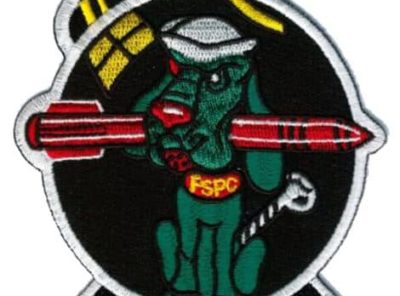
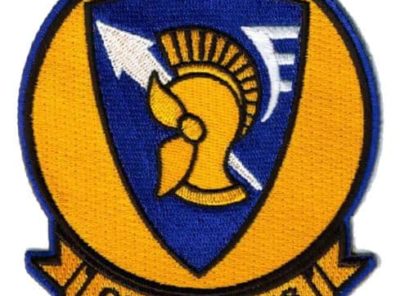
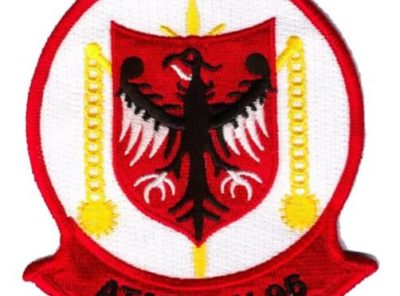
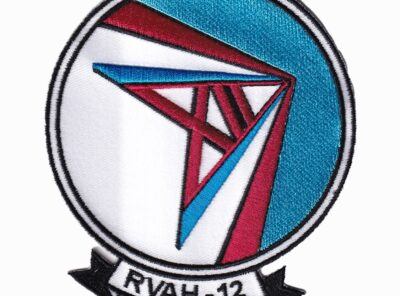
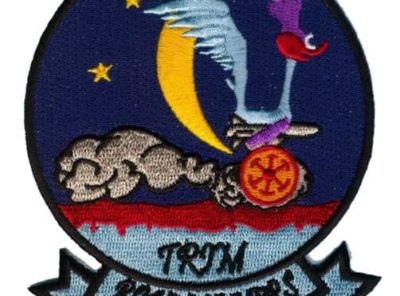
Reviews
There are no reviews yet.